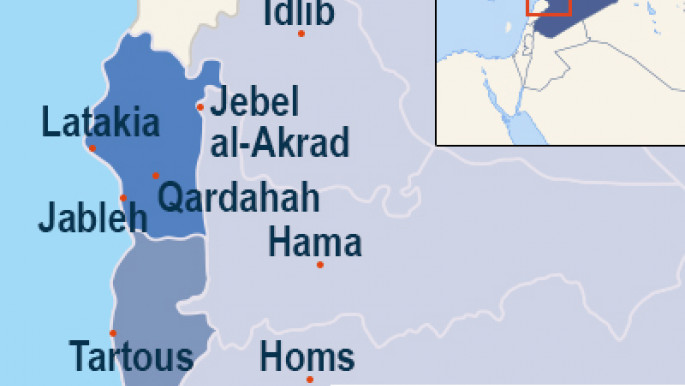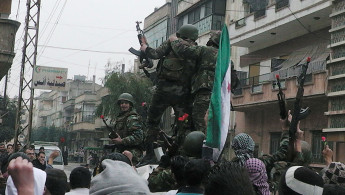Syrian rebels to administer Homs district after ceasefire deal
A rebel-held district in Syria's Homs city looks set to implement a breakthrough ceasefire deal, which could have broader implications for the four-year war between the Syrian regime and rebels.
If successful, the UN-sponsored ceasefire could see peace return to beseiged al-Waer quarter for the first time in years.
It is the last part of Homs city still under opposition control after rebel fighters left the Old City in a similar deal reached last year.
According to the conditions of the latest deal obtained by al-Araby al-Jadeed, rebels will continue to run the district after the ceasefire is implemented.
This follows earlier reports that opposition members would be forced to leave the city as part of the deal. The agreement will come in two parts, with a ten-day ceasefire from when the deal is signed.
Groups who attempt to breach the agreement will be forced to leave al-Waer, and a list of all medium and heavy weapons will have to be handed over by the rebels.
In return, humanitarian organisations will be able to enter the besieged district, and ordinary people will be able to enter and leave al-Waer for the city through a checkpoint at al-Muhandisin Square
 |
The al-Waer district committee will also compile a list of missing or abducted people from the district.
In exchange, the Syrian regime will release a list of prisoners in its prisons.
The second stage
will see all heavy and medium weapons stored at the al-Birr hospital under the supervision of the committee, and they will be decommissioned and unavailble for use in fighting.
Eventually, these weapons will be handed over the regime.
Next, roads leading to public institutions will be made accessible.
A map of all tunnels and mines in the Waer district will then be handed over, except for those in the Jasira al-Sabiaa area.
Displaced families from Waer will be allowed to return home, and both the rebels and regime will release prisoners who have not been tried.
Homs was one of the first cities in Syria to rise up against Bashar al-Assad's rule and became known as "the capital of the revolution".
Eventually, regime forces won back the city, with the exception of Waer, which has been controlled by opposition groups, including the al-Qaeda-affiliated Nusra Front. Opposition committees take care of civil matters in the district.
Around 75,000 people live in the city, which has been under siege for two years and exposed to shelling from regime forces.
Damascus has allowed in the occasional shipments of aid, but Waer remains crippled by the regime's siege.





 Follow the Middle East's top stories in English at The New Arab on Google News
Follow the Middle East's top stories in English at The New Arab on Google News

![Israeli forces ordered bombed Gaza's Jabalia, ordering residents to leave [Getty]](/sites/default/files/styles/image_330x185/public/2176418030.jpeg?h=a5f2f23a&itok=_YGZaP1z)
